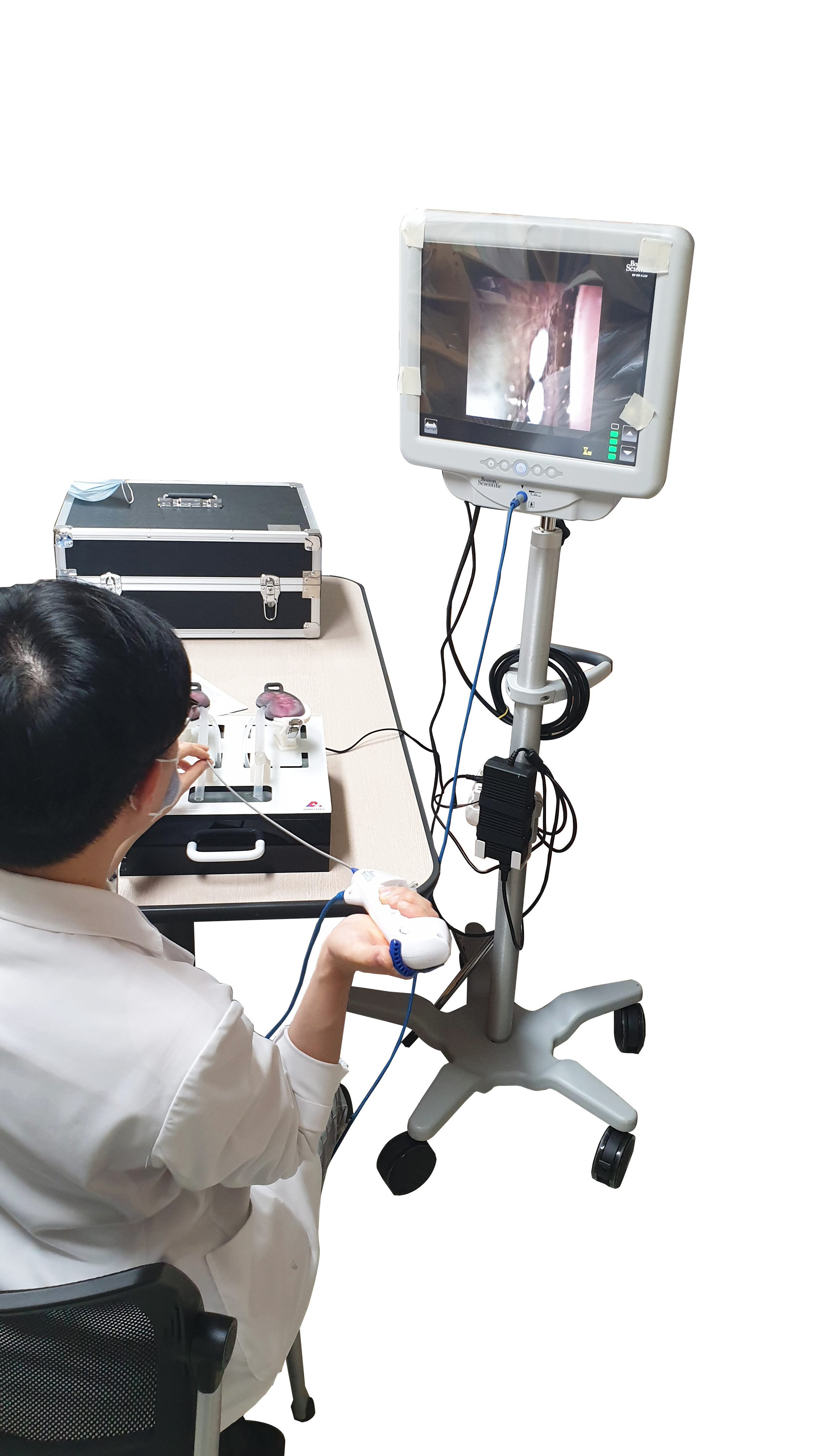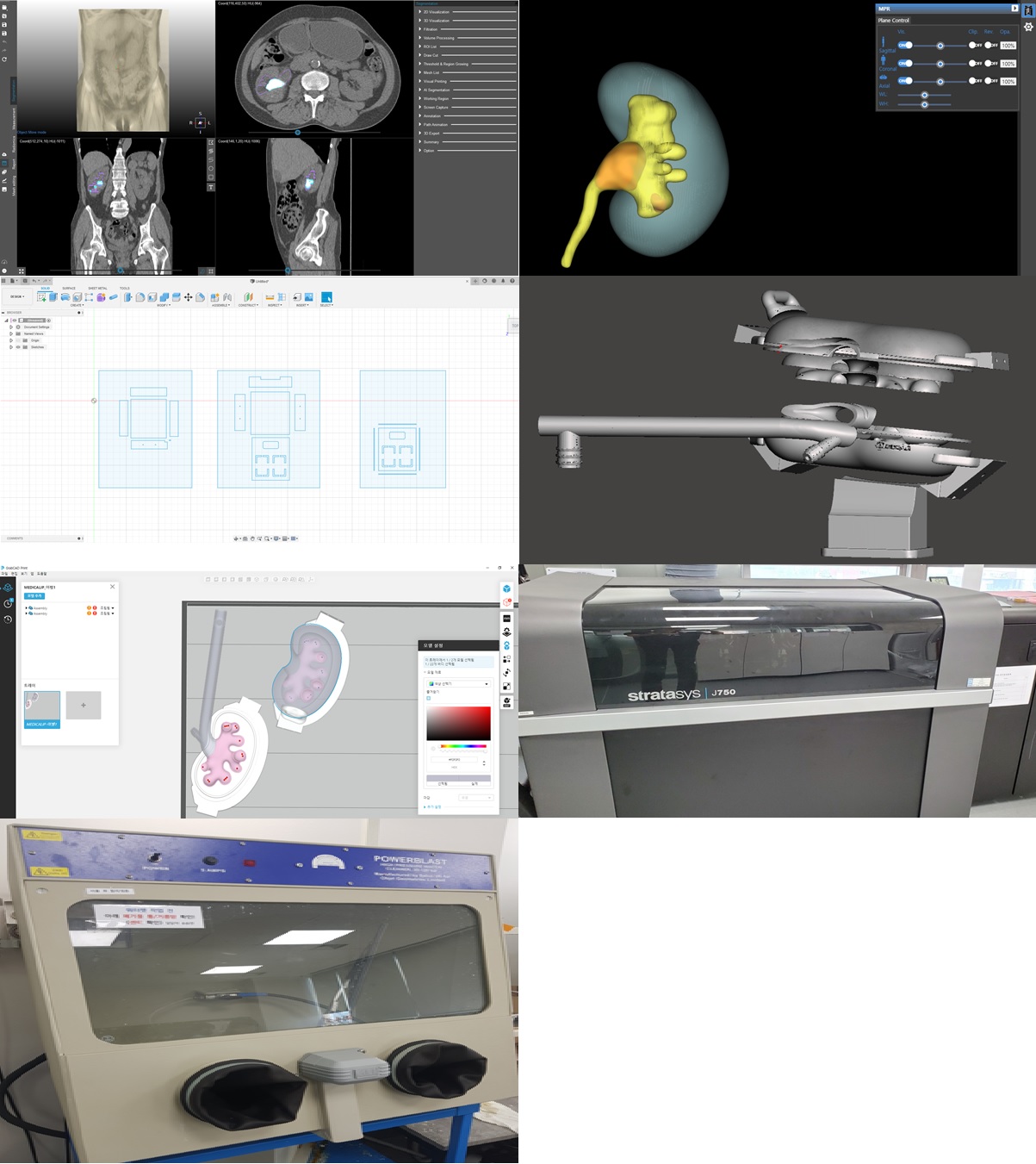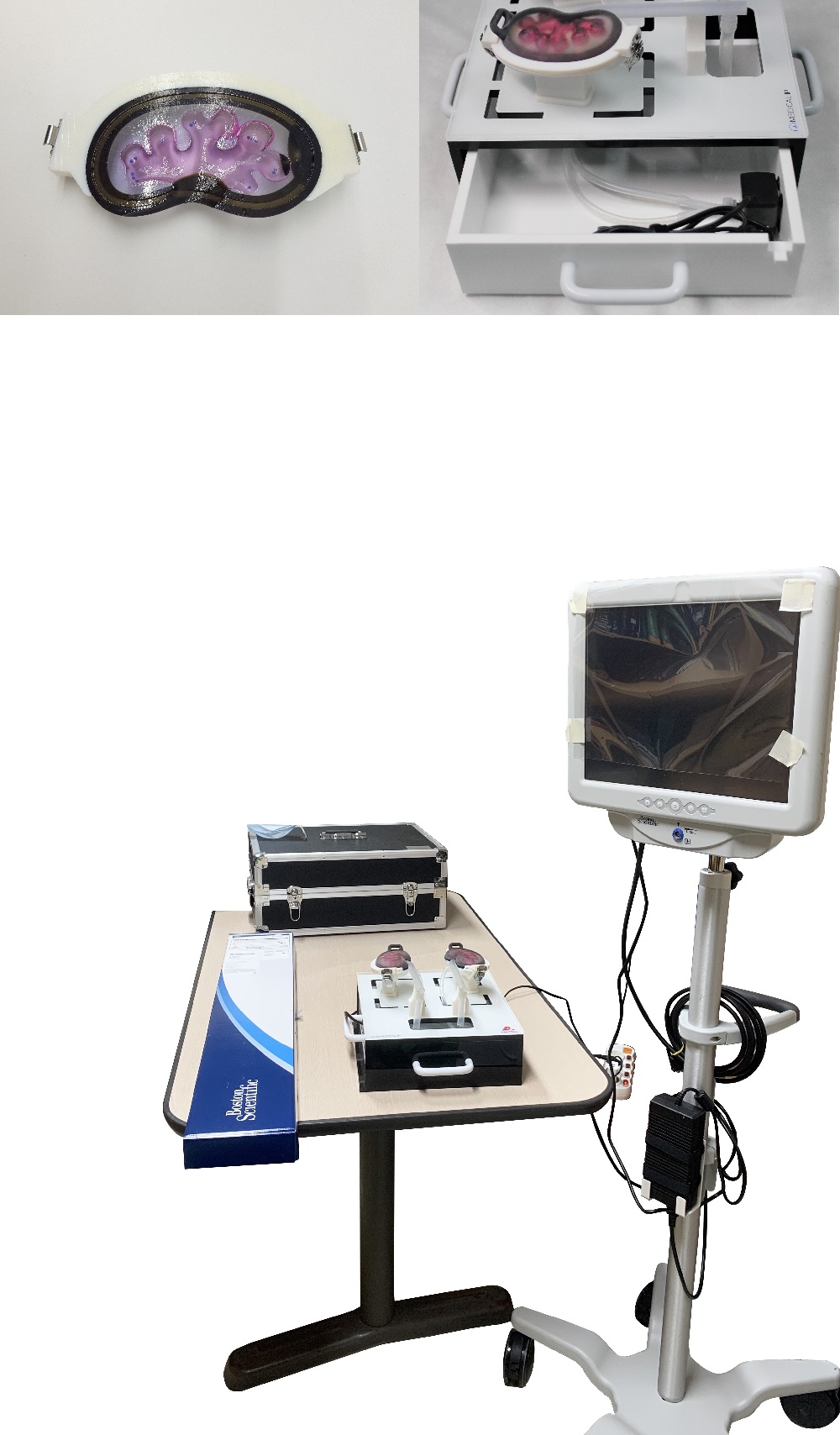Back
Poster, Podium & Video Sessions
Moderated Poster
MP19: Education Research II
MP19-20: Effectiveness of a Newly-Developed Training Module using 3D Printing for the Navigation during Retrograde Intrarenal Surgery
Saturday, May 14, 2022
7:00 AM – 8:15 AM
Location: Room 228
Gyoohwan Jung, Seongnam, Korea, Republic of, Yongseok Kho*, Sung Yong Cho, Seoul, Korea, Republic of

Yongseok Kho, MD
Seoul National University Hospital, Seoul, South Korea
Poster Presenter(s)
Introduction: This study evaluated feasibility of the newly-developed 3D printed training module for the navigation during retrograde intrarenal surgery.
Methods: Two specialists provided orientation to all trainees. The 3D printing model consisted of eight calyces in a single kidney. One navigation time started from the moment when the endoscope entered into the ureter. After navigation was completed, the navigation time was recorded. The goal was to perform ten times of navigation for each side, starting from the right or the left side at random. After the experiment, all trainees were asked to fill out a questionnaire.
Results: The average of training period of all 17 trainees was 3.05 ± 1.80 years. Eleven (64.7%) trainees had the experience of assisting surgery for < 100 cases and six (35.3%) trainees had the experience of assisting surgery for 100 to 500 cases. Nine (52.9%) trainees began training from the right and eight (47.1%) trainees started from the left. The average navigation time of 308 trials was 153.4 ± 92.6 sec. The maximum and minimum navigation time were 354.3 ± 177.2 sec and 80.1 ± 25.6 sec. The mean navigation time of the first and the last trials of all trainees significantly decreased from 251.4 ± 108.0 sec to 93.9 ± 33.2 sec. The average of reduction in navigation time was 201.3 ± 133.3 sec. Almost all trainees were satisfied with the training.
Conclusions: The newly-developed 3D printing navigation training module seems to be adequate to improve RIRS skills for beginners
Source of Funding: None



Methods: Two specialists provided orientation to all trainees. The 3D printing model consisted of eight calyces in a single kidney. One navigation time started from the moment when the endoscope entered into the ureter. After navigation was completed, the navigation time was recorded. The goal was to perform ten times of navigation for each side, starting from the right or the left side at random. After the experiment, all trainees were asked to fill out a questionnaire.
Results: The average of training period of all 17 trainees was 3.05 ± 1.80 years. Eleven (64.7%) trainees had the experience of assisting surgery for < 100 cases and six (35.3%) trainees had the experience of assisting surgery for 100 to 500 cases. Nine (52.9%) trainees began training from the right and eight (47.1%) trainees started from the left. The average navigation time of 308 trials was 153.4 ± 92.6 sec. The maximum and minimum navigation time were 354.3 ± 177.2 sec and 80.1 ± 25.6 sec. The mean navigation time of the first and the last trials of all trainees significantly decreased from 251.4 ± 108.0 sec to 93.9 ± 33.2 sec. The average of reduction in navigation time was 201.3 ± 133.3 sec. Almost all trainees were satisfied with the training.
Conclusions: The newly-developed 3D printing navigation training module seems to be adequate to improve RIRS skills for beginners
Source of Funding: None




.jpg)
.jpg)